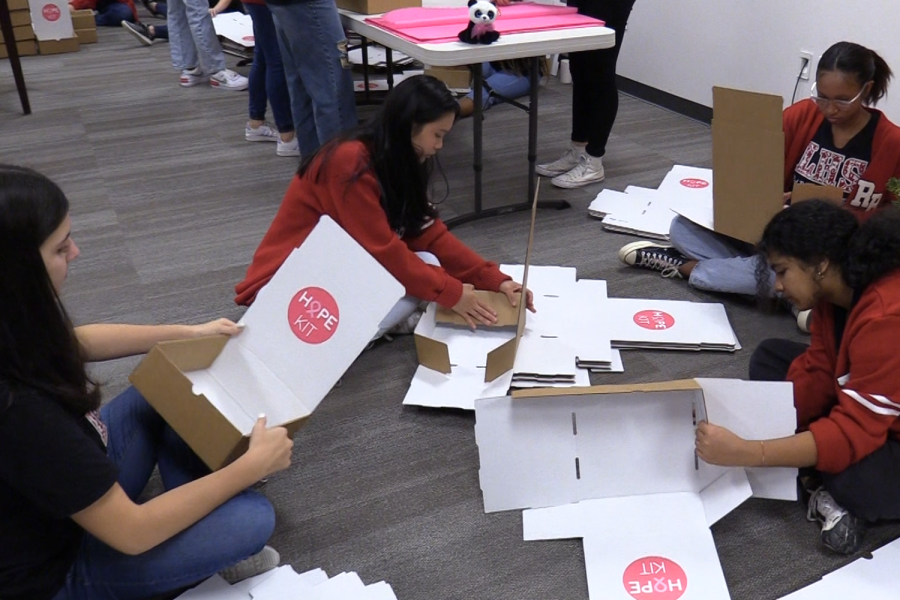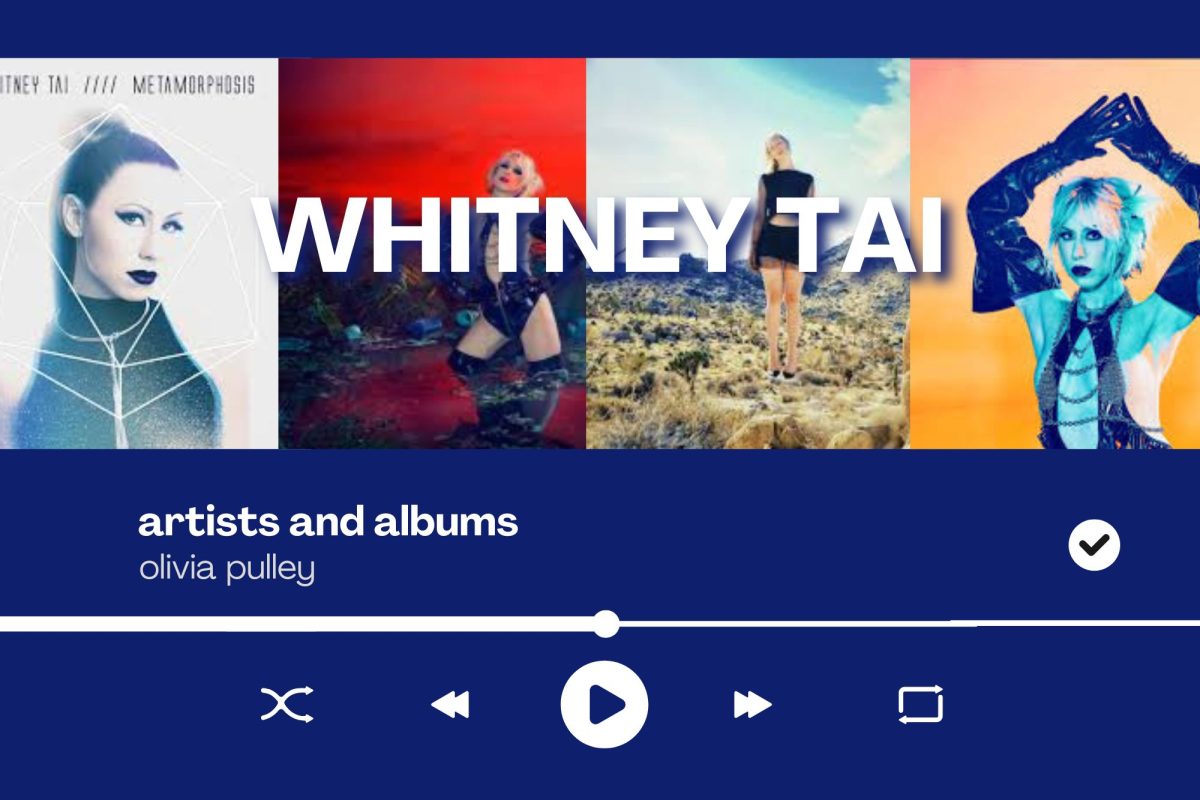Flashcards are a simple yet effective way to study since they promote active recall in the brain. Seeing a term, an image, or both and then trying to remember the meaning helps move the term from short-term memory to long. Additionally, flashcards help with comprehension and memorization. So what are you waiting for? Here’s a step-by-step guide on how to make your flashcards to boost your study routine:
1) Choose your materials
Start by gathering your materials. Think about it, do you learn better by writing things down physically or by typing them up on a computer? Don’t fear; flashcards are so versatile that they can be made traditionally or digitally!
- Paper/traditional flashcards: index cards or cut-up pieces of sturdy paper, pens, markers, colored pencils, etc.
- Digital flashcards: apps like Quizlet, Brainscape, or Cram are great tools for creating and reviewing digital flashcards.
2) Decide on the content
If you haven’t already, choose what you want to study. Although flashcards usually work best for memorizing facts, terms, and definitions, they can also be used for questions and answers, equations, or concepts. Here are some ways you can use your flashcards depending on what you’re studying:
- For vocabulary flashcards: write the word on one side and the definition on the other.
- For history flashcards: write the date/event on one side and provide details about the event on the other.
- For math flashcards: write problems on one side and write solutions or steps on the other.
3) Write clearly and concisely
You’ve probably heard the following from your teachers: “don’t clutter your notecards” but what does that mean and how does it apply here? This simply refers to keeping the content simple and to the point. Like a notecard you write a script in, your flashcard needs to be easy to read so try not to overload it with too much information.
4) Review regularly
Please for the sake of your mental health and your grade do not be one of those people that picks up their notecards the nigh before a test. Instead, review them regularly and make sure to go through them daily or weekly using the spaced repetition method, which in this case, involves reviewing the cards at increasing intervals to strengthen your long-term retention.
5) Mix up the order
Try not to go over your flashcards in the same order every time. Mixing up the order helps you improve recall and ensures you aren’t just memorizing terms in a specific sequence.
6) Collaborate with others
Finally, share your flashcards with a study partner or even, with a study group and quiz each other!
I hope these tips have helped you get the most out of your next flashcard study session! Happy studying!

















